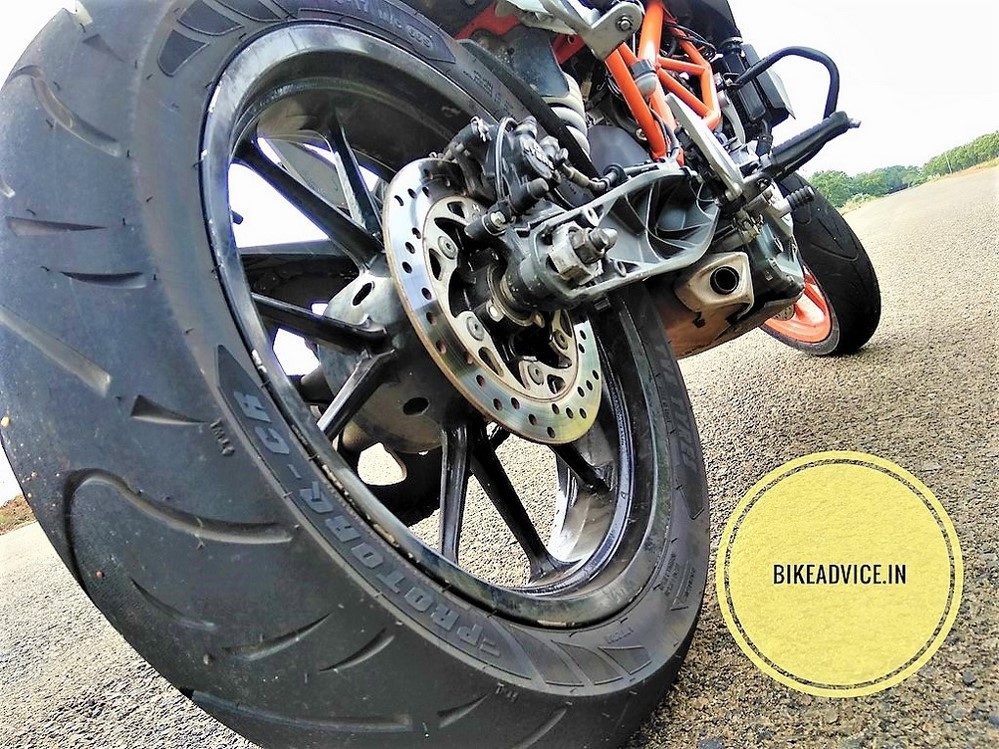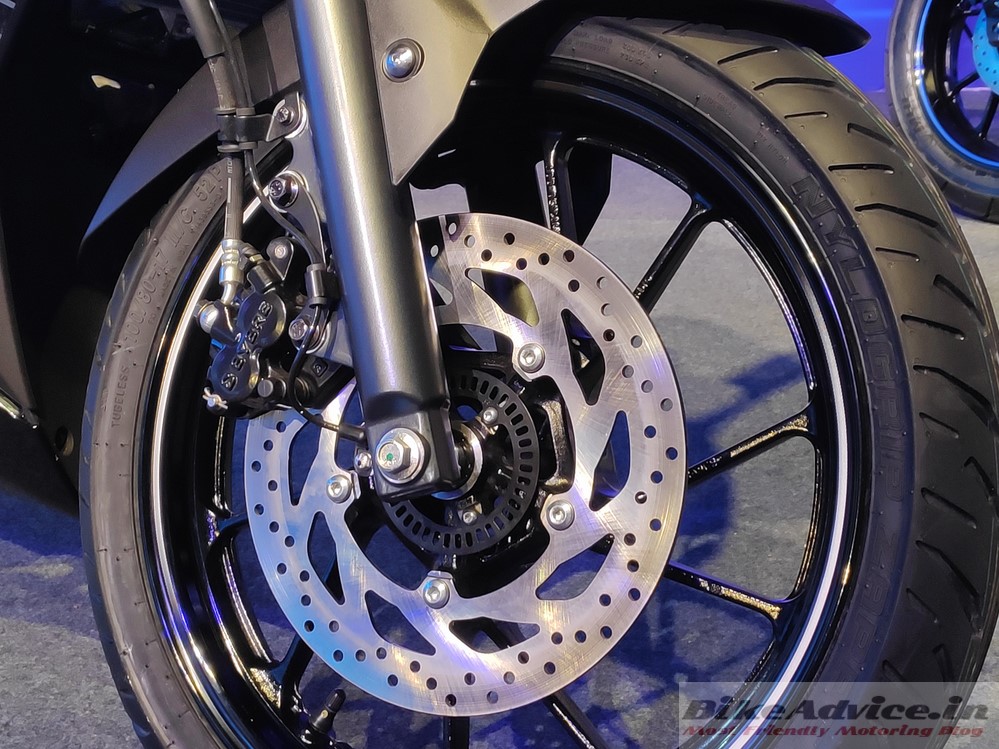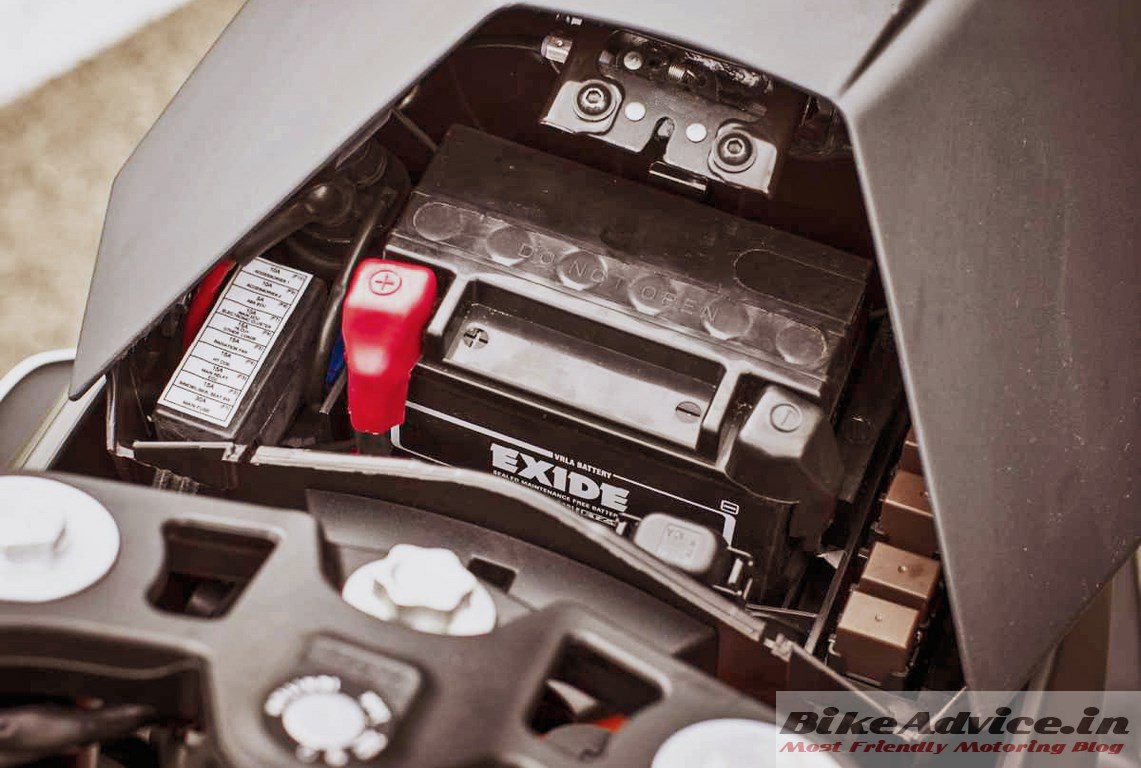Our avid reader and motorcyclist shares common bike problems & solutions in a quick informative story. You just need to care for it a wee bit to enjoy miles of troublefree journeys…
All of us bike owners at some point of time come across problems with our machines. Some are minor but the others may leave us stranded by the roadsides. This helpful story comes from one of our reader Arun, who owns an Apache and he has put together some of the most common problems that he and some of his fellow bikers have faced along with their solutions.
As you may find out, some of it just requires a little effort from your part and nothing more. The best thing to do is to read read motorcycle’s owner’s manual in your spare time as this will help you get a better understanding of the machine and its internals.
Here is a list of some common bike problems and their solutions from Arun…
Common Bike Problems & Solutions – Low Mileage
This is really what a lot of people mostly complain about; it has quite a lot of reasons to why it happens, I am explaining the most common reasons below.
Low pressure in tyres can greatly reduce fuel efficiency, Tyres require air to stay in proper shape or else all they will do is create rolling resistance, this makes it harder for the wheels to move and hence decreases mileage.

The first thing to do is to check your bike’s tyre pressure. Very casual approach to it would be to do that by kicking the tyres or by trying to push the rubber in using your thumb. If it goes in, get it checked and filled up if required. The manual will have the recommended tyre pressure ratings. For quick reference, manufacturers also paste stickers on swingarms or on the tank. Depending on your riding, check pressure once every month or whenever you experience sluggish engine response. You can also purchase tyre monitoring tools from online portals.
Dirty engine oil can also reduce efficiency. Dirty oil can become thick and resistive to movements of parts in the engine. The most obvious sign of dirty oil is when the gear shift lever becomes too hard or noisy during shifts. If you have a bike that has been ridden for over 2500/3000 Kms without an oil change (for mineral engine oils) or if you notice smoke coming out of the tailpipes, check the engine oil. You can do that by removing the oil gauge, which is basically the oil cap. If the oil on the tip of the gauge is black in colour, it’s about time you changed it. Also remember, having good oil in the engine is really important for it to last long without any troubles. Servicing in recommended intervals is what you should always do. Check the manual (usually the end) to find service information and intervals. Generally, service intervals are after every 2500 to 5000 kms depending upon your bike.
Carburettor tuning also needs to be checked. Carburettors basically have two screws, an engine idle RPM screw and an Air/fuel mixture screw, the A/F screw adjusts the ratio of air versus fuel going into the engine, so more air and less fuel means better efficiency but lower performance and vice versa. The trick is, to find the right balance of both performance and efficiency. If you don’t have an idea on this, ask your mechanic to set it for you. You can have different hit and trial attempts to arrive at your preferred setting. If your bike happens to be fuel injected, you can skip this part as the onboard ECU system automatically adjusts your Air/Fuel Mixture settings. For all others, a proper, step by step guide can be found on this page.
Tight Brakes: When the brakes are too tight, it can increase the effort needed by the engine to turn the wheels. Place the bike in neutral and on the centre stand and manually rotate the wheels, they must be able to rotate freely and without much effort, If the front or the rear tyres are hard to rotate, loosen the brakes by a notch and try again, if it’s a disc brake unit, take it to the company workshop to check them.
Riding styles can also affect efficiency. It may seem silly to go on at 40Km/h all the time. Travel at a speed where the engine sounds and feels relaxed, somewhere between 3000 to 5000 rpm depending upon the bike. Avoid hard braking. If you see an obstacle in front, brake early and slow down gently, also accelerate gently until you reach the desired speed. These steps will help you be safer and more efficient.
Carbon Deposits: If you happen to own a bike that has been ridden for over 30,000-50,000 Kms a possible reason for low efficiency could be carbon deposits on the piston and other components, I felt a decrease in performance and efficiency after about 30,000 Kms and got it in for service. The mechanic advised that I do a decarbonisation of the engine and when the engine was opened, I was shocked to see that the piston was coated with a 5 mm thick carbon layer… it was fully covered in it. He promptly scrubbed it off and cleaned the engine.
Later I noticed that the performance and efficiency was back to what it was like in the early days. It was awesome. The reason for this carbon deposition is the low quality of fuel and although I had used premium fuels for about 10,000 Kms it did not help me too much. Most people notice low performance after 30,000-50,000 Kms and decide to sell off their machine. Instead you could just follow these steps and continue using it for a longer period.
Valve Setting: If you have checked all of the above and have found no results, then the last thing you can do is valve setting. This requires an experienced mechanic and can be time consuming as the engine head will have to be opened. This must be done only as a last resort after checking all the above mentioned pointers. There are two valves on most machines in India apart from some like the R15 (which has four). There is an intake and an exhaust valve, and with time, the valve clearance can become different from the factory recommendation. A mechanic would need to check the valves for clearance and whether it is still the way it should be. This is done at periodic services but you can request them to do so if you wish.
Improper Break-In: All motorcycles need to be ridden well within a specified speed and engine RPM usually in the first 1000 Kilometers. It may be hard to do so when you have already waited a while to get your hands on your machine but if you want it to deliver it on both performance and efficiency, you must do so. Also avoid lending your bike to others during this period as they may not be aware of it. If you have been cautious and followed the run-in properly and still get low efficiency, try warming up the engine every time you start the bike in the morning, preferably for about 1 minute, and then be gentle with your throttle till the engine warms up.
Common Bike Problems & Solutions – Poor Performance
Another common complaint with bikes is the poor performance of the machine. This can happen after a while of ownership and there are several common reasons that you can look for. Some of them are mentioned below…
Air Filter: The air filter should be cleaned every time the bike is given for service considering our dusty riding conditions. It gets dirty after about 1000-2000 Kms if you ride inside city or around dusty areas a lot. You should clean the air filter if you notice poor performance. Consult your owner’s manual as it will have step-by-step instructions on how to do so.
Fuel Quality: Poor quality of fuel can also be the reason for poor performance, different pumps have different mixes that claim to deliver better performance. Rather than listening to recommendations, try filling up from different petrol pumps to find the fuel that gives the best feel and performance from your bike, the engine note may also change along with the fuel quality. And once you find a trustworthy station you can stick to it.
Warm Ups: Warming up the engine in the morning starts is like how the gym instructor makes you warm up before you get into the exercising mode. It’s something that you must do every time. When properly warmed up in the morning, you will note that the engine feels better and performs well for the whole day. It’s just the little thing that you need to take care of. Also put the choke to good use in the mornings.
Tyre Pressure: As tyre pressure is low, the rolling resistance increases, this lowers performance as well as efficiency. Maintain it at the optimum levels at all times, check it at least once every month and fill up as needed.
Low engine Oil: Running an engine on low oil can lead to serious damage to the engine components and in some cases can also result in seized pistons and other parts. If there is by chance any leak, have it checked immediately by a mechanic and if possible, tighten any bolts around the area where it leaks. Check the oil level every 2,500 Kilometers and top up if needed.

Chain Slack: A slacking chain can make engine response feel poor and can also reduce the acceleration. If you hear a lot of chain noise or noise from the chain cover, its time you grease it up and tighten it.
Carburettor Tuning: Improper A/F setting can also be the reason for low performance. As I have mentioned above, you can adjust it yourself or you can also get it done by a mechanic. Don’t alter the stock settings on a brand new bike.

Carbon Build Up: When my bike was 30,000 Kilometers old, it couldn’t win a quick drag race with the 150cc Fazer, which was much heavier and was ridden by a less experienced rider. This made me even think of selling it off. But then I told this to the TVS mechanic who recommended that I do an engine decarbonisation. This required me to leave the bike at the workshop for a whole day. As I said, the piston was coated in thick, dry carbon layer. It was so hard that the mech needed a screw driver to scratch the surface. He informed me that this was the reason why the bike didn’t go as fast as it should have. After the cleaning and valve setting, I found that I could stay on par with the same Fazer. Performance was the same as what it was in the early days and now the needle touched 80 kmph without me even knowing it.
Common Bike Problems & Solutions – Bad Brakes
Brakes are one of the most important elements of a bike and it is even more important here in India as we must be prepared to stop before the odd obstacles we may find every day.
Drum Brakes: If you face poor braking on the drum brakes at the rear or front of the bike, you must check for free play of the brake lever or pedal. If there is too much of a free play, tighten the bolt. You must tighten it to a point where the wheels will be able to rotate freely and you would be able to apply maximum pressure.

Another reason for poor drum brake performance can be dirty brake pads and build up of brake dust. If you have a bike that has been ridden for over 20,000 Kms and if you experience weak braking without the squeaking noise, you may have a dirty brake pad. You can get it cleaned and serviced at your local workshop. If you happen to notice the squeaking noise every time you apply the brakes, it may be time to replace the pads.
Disc Brakes: If you happen to face poor disc brake performance, don’t worry, it’s nothing that can’t be fixed. Firstly check for brake fluid levels, and whether it is filled up well. If there is enough fluid and if you still have the problem, you can do something known as air bleeding. Sometimes, air gets into the tube between the pump and the calipers and this can reduce the braking force. Even though it can be done by you, it is recommended to take it to the bikes service centre. Air bleeding can not only improve brake performance, it can also increase the feel and sharpness of the brakes. Also try pumping the disc brakes, that is, by applying the brake with full force and releasing, for about 10-20 times (while stationary), this can also provide a boost in braking power.

Also, if you happen to notice weird metal scraping noises coming from the disc brakes even when you have are not applying the brakes, it’s about time to replace the brake pads. Don’t ride for long with worn out brake pads as it may cause damage to your disc plate which costs a lot.
Electric Starter Fails
This is a useful feature that can save us the embarrassment of causing a traffic jam after stalling the engine. You may find it not working on some fine morning. Check for the following signs:
Battery level: The battery may have run out of acid which must have reduced its efficiency. If you notice that the starter works once you start riding for a long time, but doesn’t when you try in the morning, get the battery acid levels checked. Your bike charges the battery as you ride so just keep it filled up at the first signs of trouble.

Starter Relay: This is part of the electric system that provides current to the starter, sometimes a failure of this component can stop the starter from working, if you hear just a “tick” noise from the starter every time you press the starter button, it may be either because of a low battery or a failing starter relay.
Summing it Up – Things to Remember
Your bike needs a little bit of care and attention if you would want it to last long just the way you like. Here are a few tips that can help you keep the bike and eventually yourself happy:
- Warm Ups: Warm up the engine well in the mornings before you head out for a journey, this can help a lot in extending engine life and performance.
- Check Tyre Pressure: Once a month, inspect the tires for signs of low pressure, keep them topped up for the best.
- Chains: If you notice chain noise or looseness, simply get the chain tightened, its just a matter of 10 minutes at the most.
- Periodic Service: Note that most bikes have a service interval of around 2,500-5,000 Kilometers. Be sure to visit the service station in the specified intervals, check the manual to know more about your motorcycle’s service and engine oil change interval.
- Avoid Cheap Parts: If in case, a part does go bad, avoid replacing it with cheap alternatives or quick fixes. It is always recommended to use original spare parts.
These are some simple points you should keep in mind. I have mentioned the most common problems faced by bike owners and their possible solutions. I know there are a lot more than this. Meanwhile, if you own a bike and have come across problems, please share with us, how you managed to solve them along with the name of your motorcycle and the mileage it has covered in the comments below.
So until next time, wish you a happy and trouble free journey.
If you have any motorcycle related queries, just #AskBikeAdvice
– Arun


